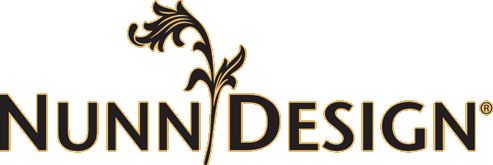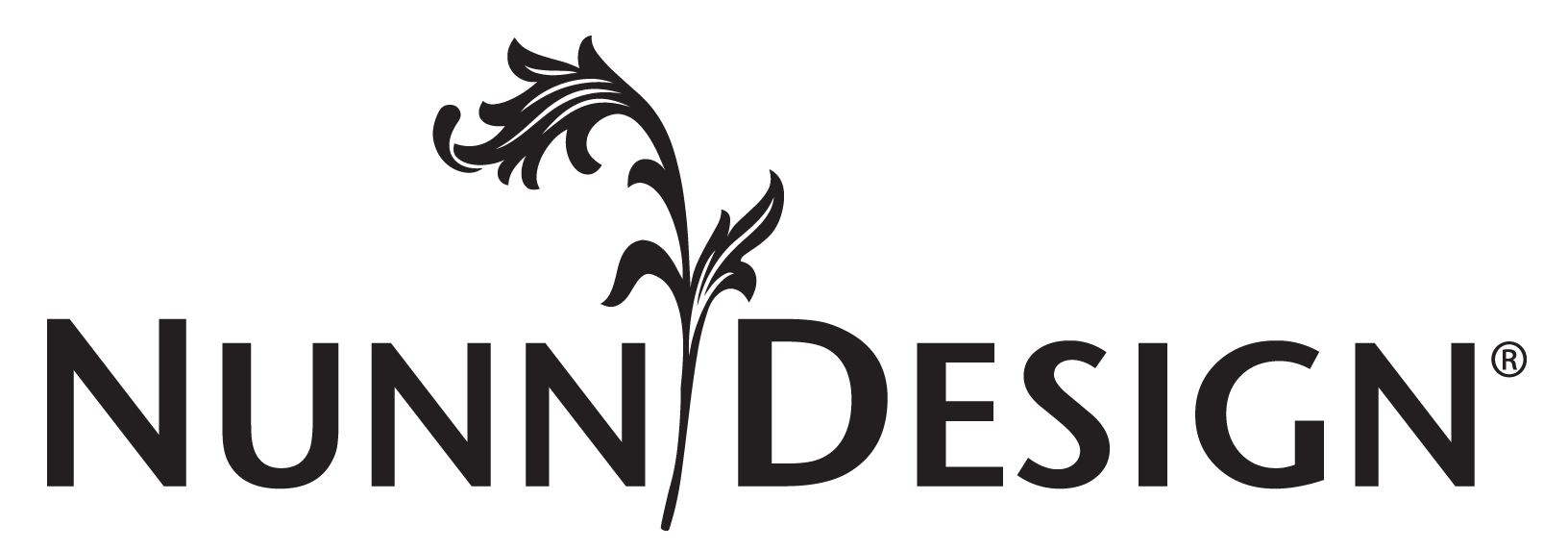Tutorials
Epoxy Clay Transfer Pendant Tutorial by Rochelle Nation


Innovation Team Member Rochelle Nation created this great tutorial using Epoxy Clay and Nunn Design Transfer Sheets. Rochelle walks you through the steps of making the Epoxy Clay and transfer sheet pendant, colorizing the clay to make it look distressed, and then how to create a wire frame.
Learn How:
Supplies:
Crystal Clay
Transfer Sheet
Clay Squisher
Sealant
Ink Pad
Gilder’s Paste (optional)
16g Copper Wire
20g Copper Wire
Copper Wire
Copper Jump Rings
Tools:
Coffee Straw
Flush Cutter
Hammer
Bench Block
Chain Nose Pliers
Round Nose Pliers
Xacto Knife
Tissue Blade
Sanding File
Teflon Mat (optional)
Acrylic Roller (optional)
Step 1:
Follow the manufacturer’s instructions for the handling and mixing Epoxy Clay. For mixing the Epoxy Clay, it is best to wear your gloves. Pinch off two equal sized balls, approximately the size of a small pea, of Part A and Part B. Blend together fully until the clay is no longer marbled and is uniform in color. You have approximately 90-120 minutes of working time before the clay starts to harden, so take your time. Once the clay is thoroughly mixed, remove your gloves to make it easier to work with the clay.

Step 2:
Roll the thoroughly mixed Epoxy Clay-Epoxy Clay between your palms until it forms a smooth round ball. I like it to be smooth because it prevents from having creases once the impression is made. Roll the clay flat onto a Teflon mat making it “8 cards thick.”

Step 3:
Cut out a rectangle shape of Epoxy Clay to your desired size using a tissue blade.
Step 4:
To make an impression into the Epoxy Clay, sprinkle or rub baby powder over the surface of your Clay Squisher or texturing source. The baby powder will help the clay not stick to your surface. Gently lift your cut rectangle and lay it on top of your favorite Clay Squisher or texturizing pad and squish down with equal force.

Step 5:
Place the stamped rectangle onto a Teflon mat (stamp side down) and cut out holes at the top and bottom of the rectangle using a coffee straw.

Step 6:
Select an image from one of the Nunn Design Transfer Sheets. With a pair of scissors, trim the image on the inside lines of the outlined shape. Continue trimming and adjusting until it fits.
Step 7:
Fill a small shallow dish with warm water approximately 3⁄4 of the way full. The Nunn Design Transfer Sheets are printed on a film with a paper backing. When the transfer sheet is submerged into water, it separates the film front from the paper backing. Drop one of your trimmed transfer sheets into the water and wait 30 seconds. The film is very fragile, so you will want to be gentle when handling it. When you remove the transfer sheet from the water, you will be able to feel the film and paper- backing slide apart from one another and then hold them in your fingers. Leave the paper backing attached to the film front and dry your fingers with a paper towel.
Slide the wet film of the transfer sheet image off the paper backing and onto your Epoxy Clay while the clay is still moist. Move the transfer sheet gently with your fingers until you have it in the position you want. Once the transfer sheet is in position, press gently with your Q-tip in the center of the image and gently burnish (another word for rub) the film down with your Q-tip. If your film won’t stick to your surface, remove the film and paint a thin coat of the Nunn Design Sealant and reapply. Allow your piece to cure overnight.

Step 8:
Once your piece has fully cured, use an Xacto Knife to carve and shape the edges of your piece to add detail and decoration. Sand edges as needed with a file.

Step 9:
Using a brown ink pad, add color to the front and back of your piece. Add additional depth by using black Gilders Paste as an accent color. Seal both sides of the pendant with sealant and let dry.


Step 10:
Shape a 16g wire frame around your rectangle resin clay piece. Secure the loose ends together with 20g wire. Add patina to wire, if so desired, by soaking copper in liver of sulfur.

Step 11:
Using 20g wire, make three wraps at the base of the frame then thread the wire through the first hole in your resin clay creation. Make three wraps again around the base of the frame and thread wire through the remaining holes. Repeat the process on the opposite side.

Step 12:
Cut two, 9 inch lengths of copper chain and attach to the copper frame with large jump rings. Add a jump ring to the opposite ends of the chain.

Step 13:
Using 3 inches of 16g copper wire, form, wrap and hammer a hook clasp. Attach clasp to one of the jump rings.


Download a Printable PDF here.
To see more of Rochelle’s work, visit her on:
- ND Gallery: www.nunndesign.com/designers/rochelle-nation/
- Website: www.rochellenation.com
- Facebook: @RochelleNationJewelry
- Instagram: @rnationjewelry
Shop Supplies:
Shop Nunn Design Wholesale
Nunn Design has been supplying jewelry artists with findings for over 20 years. Shop wholesale jewelry findings for creative jewelry makers.
Shop Nunn Design!How to Purchase Wholesale?
If you are interested in becoming one of the many designers who trust their jewelry to Nunn Design Findings, please join us by registering to become one of our wholesale customers!
Please visit our Where to Buy Page for a listing of online stores that sell Nunn Design Findings retail.
If you enjoyed reading this post, please subscribe to our blog. Here are 10 Reasons Why to Subscribe and a place to do so!







Love this project. Wish your site had a “printer friendly” print option for blog posts, esp. posts like this with project instructions.
Thank you Michelle for the feedback. We typically have a downloadable pdf that we post with most blog post tutorials. We will create something for you to download.
Becky
Michelle-
Here is a link to a downloadable tutorial for you to print. Let me know if this will work for you. http://nunndesign.com/cheatsheets/DIY_Howto_Bird-Crystal-Clay-Transfer-Sheet-Necklace.pdf
Becky
Very Clever!